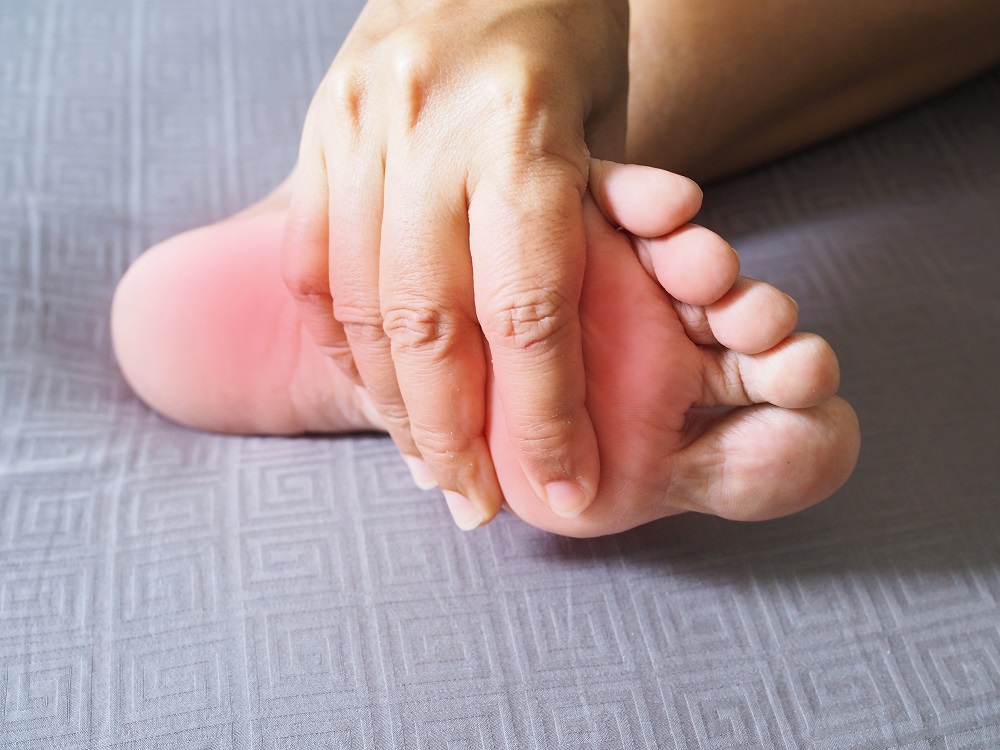
Understanding Shoe Wear Patterns and What They Reveal About Foot Health
Shoes are not meant to last forever, and as they wear out, they can offer valuable insights into your gait (how you walk) and any underlying foot problems. Over time, the soles, midsoles, and even the overall structure of your shoes will show signs of wear. These patterns can help identify issues with your walking style, foot mechanics, and the suitability of your shoes for your specific needs.
Request an AppointmentVarious Wear Patterns to Look For
1. Sole Wear
- Location of Wear: The wear on the sole of your shoe will usually occur in areas where your foot strikes the ground most often. This could be concentrated on:
- Instep: The arch area, which could indicate flat feet or overpronation.
- Outer Edge: Wear on the outer edge may suggest supination (underpronation).
- Heel: Heel wear could be a sign of poor weight distribution or certain gait abnormalities.
- Forefront (Toe area): Excessive wear in the toe area can indicate a walking pattern that places too much pressure on the toes or an improper shoe fit.
2. Midsole and Insole Wear
- Signs of Overuse: The midsole and insole, located between the sole and your foot, will also show wear. Patterns of excessive wear in certain areas can point to imbalances in the way your foot functions during walking. A podiatrist can analyze this wear to determine if there are any imbalances in your foot mechanics.
3. Toe Box Wear
- Signs of Toe Pressure: If the toe box (the front part of the shoe) shows abnormal wear, it could be due to your toes pressing against the sides or top of the shoe. This could be caused by improperly fitting shoes, bunions, or hammertoes.
4. Upper/Overall Structure of the Shoe
- Gait and Biomechanics: The overall structure of your shoe can also change due to foot issues or abnormal gait. If the upper part of the shoe (the part that covers the top of your foot) is deformed, it could indicate problems with your foot’s biomechanics.
Using Wear Patterns to Detect Foot Problems
By examining the wear patterns on multiple pairs of shoes, a podiatrist can identify issues related to how your foot functions or how you walk. Some foot problems can be easily corrected with proper footwear or orthotics, while others may require more specialized treatment.
Here are some common issues that wear patterns can help diagnose:
- Bunions: Abnormal wear on the toe box can suggest bunions, where the big toe pushes against the second toe.
- Overpronation: Excessive wear on the inner edge of the shoe may indicate overpronation, where the foot rolls inward excessively when walking.
- Supination (Under-pronation): If the outer edge of the shoe shows more wear, it might indicate supination, where the foot rolls outward when walking.
- Hammertoes: Abnormal wear on the top or sides of the toe box can point to hammertoes, where the toes bend unnaturally.
- Altered Weight-Bearing: Uneven wear across the sole might suggest imbalances in the way your weight is distributed when you walk.
- Flat Feet: Excessive wear on the arch area of the sole could suggest flat feet, which lack the usual arch.
- Gait Problems: Consistent, abnormal wear across all your shoes might indicate a more general issue with your walking pattern.
- Poor Shoe Fit/Improper Shoe for Activity: Worn shoes that don’t suit your activity level or foot type could point to the need for a better-fitting shoe.
What to Do If You Notice Abnormal Wear
If you notice abnormal wear patterns on your shoes, it’s important to consult a podiatrist. A podiatrist can assess your gait and foot mechanics, helping to identify the root cause of the problem. Depending on the diagnosis, treatment options may include:
- Orthotics: Custom or over-the-counter insoles designed to correct imbalances and provide additional support.
- Proper Footwear: Recommendations for shoes that fit better and offer more support for your foot type and activity.
- Additional Treatment: In some cases, physical therapy or other interventions may be required to address the underlying issue.
By paying attention to wear patterns on your shoes and seeking professional advice, you can take proactive steps to improve your foot health and prevent further injury.